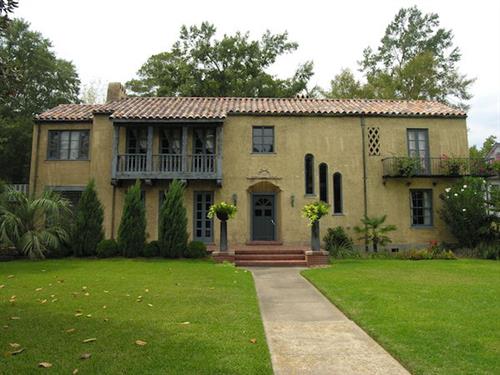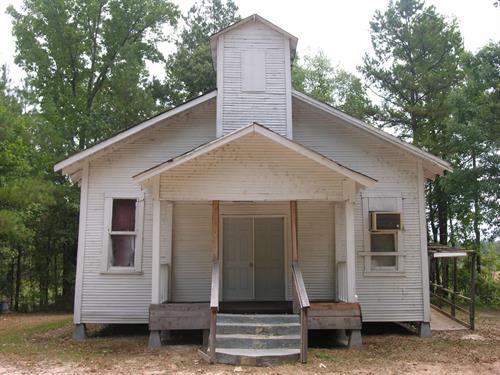- Call Us
- 501-324-9880
- Visit Us
- 1100 North Street, Little Rock, AR 72201
National Register of Historic Places

Randolph James House

Shady Lake CCC Bridge
National Register properties are distinguished by having been documented and evaluated according to uniform standards. These standards were developed to recognize the accomplishments of all peoples who have made a contribution to our country's history and heritage. The criteria are designed to guide state and local governments, federal agencies, and others in evaluating potential entries in the National Register. Properties, whether sites, buildings, structures, objects, or districts, must possess integrity of location, design, setting, materials, workmanship, feeling, and association. They must also fit one or more of the following criteria:
- Association with events that have made a significant contribution to the broad patterns of our history
- Association with the lives of persons significant in our past
- Embodiment of the distinctive characteristics of a type, period, or method of construction; representation of the work of a master; possession of high artistic values; or representation of a significant and distinguishable entity whose components may lack individual distinction
- The potential to yield information important in prehistory or history
Ordinarily cemeteries, birthplaces or graves of historical figures, properties owned by religious institutions or used for religious purposes, structures that have been moved from their original locations, reconstructed historic buildings, properties primarily commemorative in nature, and properties that have achieved significance within the past 50 years are not considered eligible for the National Register. However, such properties will qualify if they are integral parts of districts that do meet the criteria or if they fall within the following categories:
- A religious property deriving primary significance from architectural or artistic distinction or historical importance
- A building or structure removed from its original location but significant primarily for architectural value, or which is the surviving structure most importantly associated with a historic person or event
- A birthplace or grave of a historical figure of outstanding importance if there is no other appropriate site or building directly associated with his or her productive life
- A cemetery that derives its primary significance from graves of persons of transcendent importance, from age, from distinctive design features, or from association with historic events
- A reconstructed building when accurately executed in a suitable environment and presented in a dignified manner as part of a restoration master plan, and when no other building or structure with the same association has survived
- A property primarily commemorative in intent if design, age tradition, or symbolic value has invested it with its own historical significance
- A property achieving significance within the past 50 years if it is of exceptional importance

Robert E. Lee School

Kansas City Southern Caboose

How To Get A Property Listed
The first step in having an Arkansas property listed in the National Register of Historic Places is completion of a Determination of Eligibility form.
Learn More
Artificial Siding Policy
To the greatest extent possible, the maintenance and preservation of original historic exterior materials should be encouraged in all cases.
Learn More

Arkansas Register Of Historic Places
The Arkansas Register recognizes historically significant properties that do not meet the higher standards of National Register designation.
Learn More